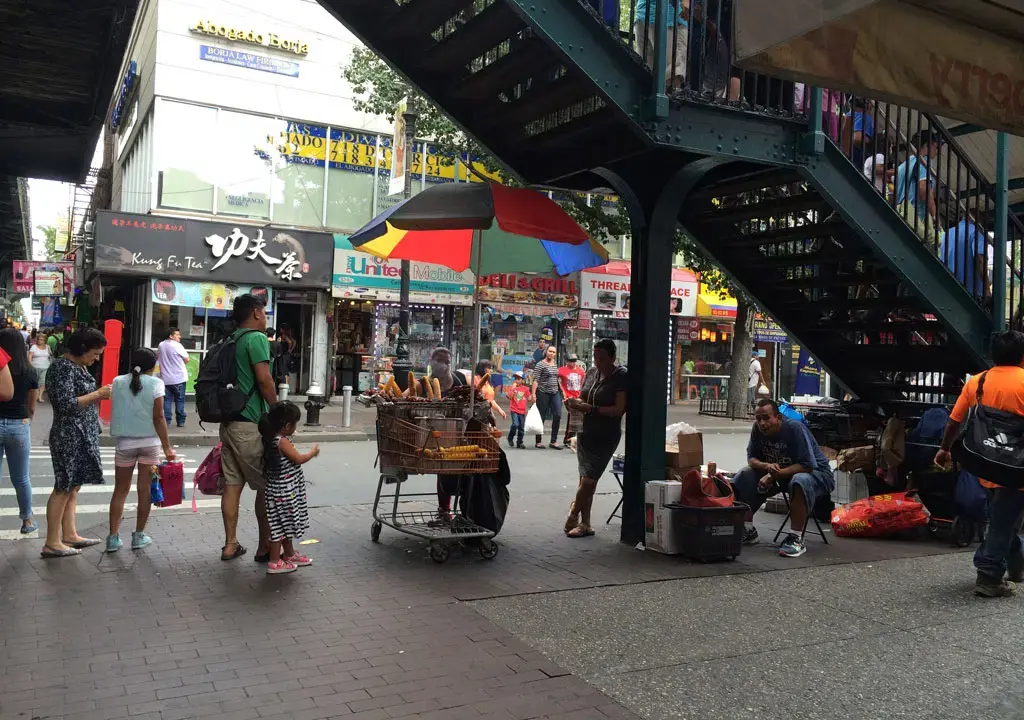Flatbush’s Twice-Bought Past Shapes Today’s Brooklyn Mosaic

Brooklyn’s Flatbush, forged by repeat conquest and waves of migration, offers a living lesson in how cities renew themselves—and how New York might weather its own future transformations.
Among Brooklyn’s 77 neighbourhoods, Flatbush encapsulates the tumultuous, layered history of New York better than most. Here, on an ordinary stretch of Church Avenue, a supermarket once masqueraded as a Dutch Reformed Church; around the corner, Caribbean bakeries elbow Irish taverns and Kosher delis for street-front real estate. More than 100,000 New Yorkers call Flatbush home. Their ancestry offers a tactile census of global dislocation, ambition and, not least, serendipity.
The story goes back to 1651, when Dutch colonists—having already “bought” the land from the Lenape once—promptly reacquired it by somewhat less consensual means. Flatbush (from Vlacke Bos, “flat woods”) grew as a colonial outpost before becoming, by fits and starts, thoroughly subsumed within a modern metropolis. Later centuries brought British rule, American unification, waves of Jewish, Irish, and Italian immigrants, and, since the 1970s, arrivals from the West Indies, West Africa and South Asia. The result is an urban space palimpsest, each immigrant community layering customs, cuisines and rhythms onto its predecessors.
This churn has made Flatbush a proving ground for New York’s famed habit of self-renewal. The visible markers of this legacy abound: Victorian houses in Ditmas Park, century-old synagogues, churches whose congregations span five continents, and more recent West Indian street festivals rivaling those of Port of Spain. Yet, gentrification—and the attendant spike in median home prices, from $395,000 to over $900,000 in two decades—has raised the familiar spectre: at what point does renewal upend rather than merely refresh?
For the city, Flatbush’s travails portend both hope and challenge. On the one hand, its historic inclusiveness buoys the story New York likes best to tell about itself—a permanent melting pot, as apt to welcome newcomers now as it did a hundred years ago. Public schools bustle with students from nearly every hemisphere; the 67th Police Precinct musters translators for a Babel of tongues. Median household income remains below the city average—$55,000, compared to $70,000—but the appetite for upward mobility is evident in new businesses, crammed classrooms, and ceaseless real-estate hustle.
The second-order effects ripple outward. Economic redevelopment, typified by glass towers and boutique eateries, brings both jobs and gentrification jitters. Political tensions persist, as long-standing Black and Caribbean residents see their communities rebranded by trendwatchers touting Flatbush as “the next hot Brooklyn.” For some, the ferment has quickened local democracy: turnout in the 2021 municipal elections in Flatbush precincts outpaced several wealthier nabes. Yet such growth, if handled poorly, risks seeding resentment and, ironically, demographic flight by lower-income groups, especially renters.
Societally, the Flatbush recipe is hard to replicate but instructive. City agencies studying immigrant integration tend to focus on the “soft infrastructure”—houses of worship, cash-remittance shops, ethnic groceries—upon which adaptation rests. In Flatbush, these have endured despite soaring rents and retail churn, in part because landlords, often themselves descendants of earlier arrivals, see financial logic in long leases to trusted tenants. Public spaces, such as the “GAP” triangle at Flatbush Junction, serve as informal parliaments. Yet the neighbourhood’s much-touted “diversity dividend” comes only with relentless vigilance; last year’s protests over police conduct, and debates about public safety, underscored the limits as well as the strengths of local cohesion.
Nationally, Flatbush’s saga differs little from that of Jackson Heights, Boston’s Dorchester, or the 13th arrondissement in Paris. Each has seen its ethnic composition transformed by migrations—some voluntary, others forced. What distinguishes Flatbush is its scale and rapidity; according to the American Community Survey, over 36% of residents are foreign-born, and 52% speak a language other than English at home. This demographic churn is both a source of dynamism—Brooklyn’s small businesses are the city’s fastest-growing job-creators—and, at times, a source of tension with more established civic and property institutions.
Lessons from a laboratory of urban renewal
For New York policymakers, Flatbush supplies both warnings and models. Planners reckon that without further interventions—ranging from affordable-housing incentives to targeted business grants—the very dynamism that made Flatbush resilient could prove evanescent. Recent zoning fights over “contextual” construction and the long-delayed upgrades to the Q train reveal the spiky politics that accompany such transformation. If Flatbush is, as some sociologists suggest, a microcosm of American urbanism, then its struggles bode ill for places unable or unwilling to mediate competing interests.
The question, then, is whether New York’s vaunted inclusivity can survive prosperity. Many Flatbush residents, new and old, fear that gentrification will price them out, even as it tames crime and upgrades public amenities. Yet the neighbourhood’s past offers a plausible, albeit unromantic, answer: churn and compromise, not stasis or nostalgia, are the city’s real civic foundations. As one local attorney (herself the child of Haitian immigrants) remarked, “everyone’s an upstart at first; then you stick around.”
We view Flatbush as a bellwether, not a throwback. While handwringing over authenticity is as perennial as New York itself, the data suggest a measured optimism: census tracts with higher immigrant churn consistently outperform others on small-business creation, school participation, and—importantly—the resilience of social networks. The risk, of course, is that integration becomes a zero-sum scramble, where the only winners are landlords and speculators.
In a city famously impatient with parochialism, Flatbush reminds us that civic identity is less about lineage and more about the stubborn ability to adapt. Its future, like its past, will depend on bargains—sometimes uneasy—between incumbents and newcomers, between preservation and progress, between ambition and accommodation. If Flatbush is sometimes chaotic, that is merely the price of urban vibrancy.
No expert forecast or city-council bill can guarantee that its next iteration will be quite as enviably motley as the last. But if history is any guide, Flatbush will persist—transformed, not erased, by the tides of New York’s perennial reinvention. ■
Based on reporting from Brooklyn Eagle; additional analysis and context by Borough Brief.